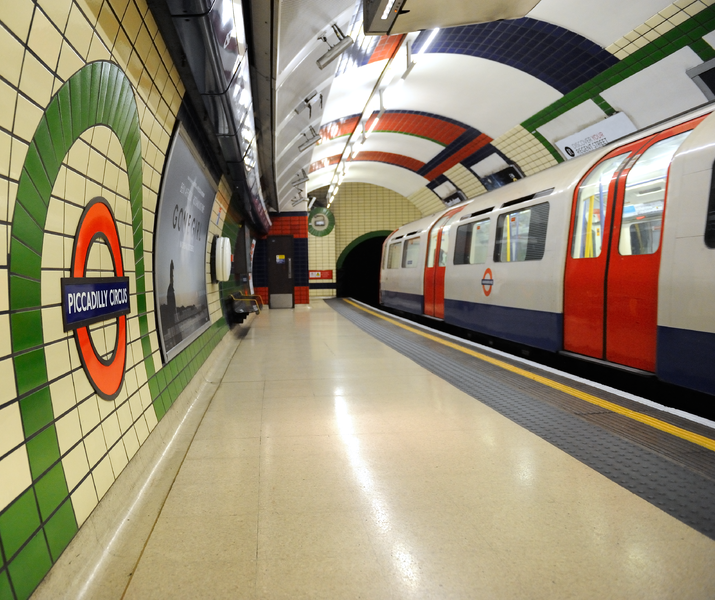English Across the Curriculum
London
Transportation
As Europe's gateway overseas London has two big international airports. Heathrow, in the western part of the city, is the main airport for international flights. Gatwick, halfway between London and the southern coast was opened in 1958 in an attempt to get some of Heathrow's traffic away from the city. Stansted, in the north of London, handles regional flights and flights of budget airlines . London's new City Airport is only 15 minutes from the city centre and is used especially by business travelers.
There is probably no other city in the world that has such a dense public transport system than London. The Tube, London's underground railway, is the oldest in the world. The red double-decker buses are well-known around the globe and a symbol of inner city transportation. All together, about 5 million people use London's public transport every day.
London has 6 railway stations that handle over 1.5 million commuters who travel in and out of the city every day. Fast trains from Paris and Brussels arrive in London daily through the Channel Tunnel.

London's famous double decker buses
Image: Badudoy (original), cropped by User:Ultra7, CC BY-SA 3.0,
via Wikimedia Commons

